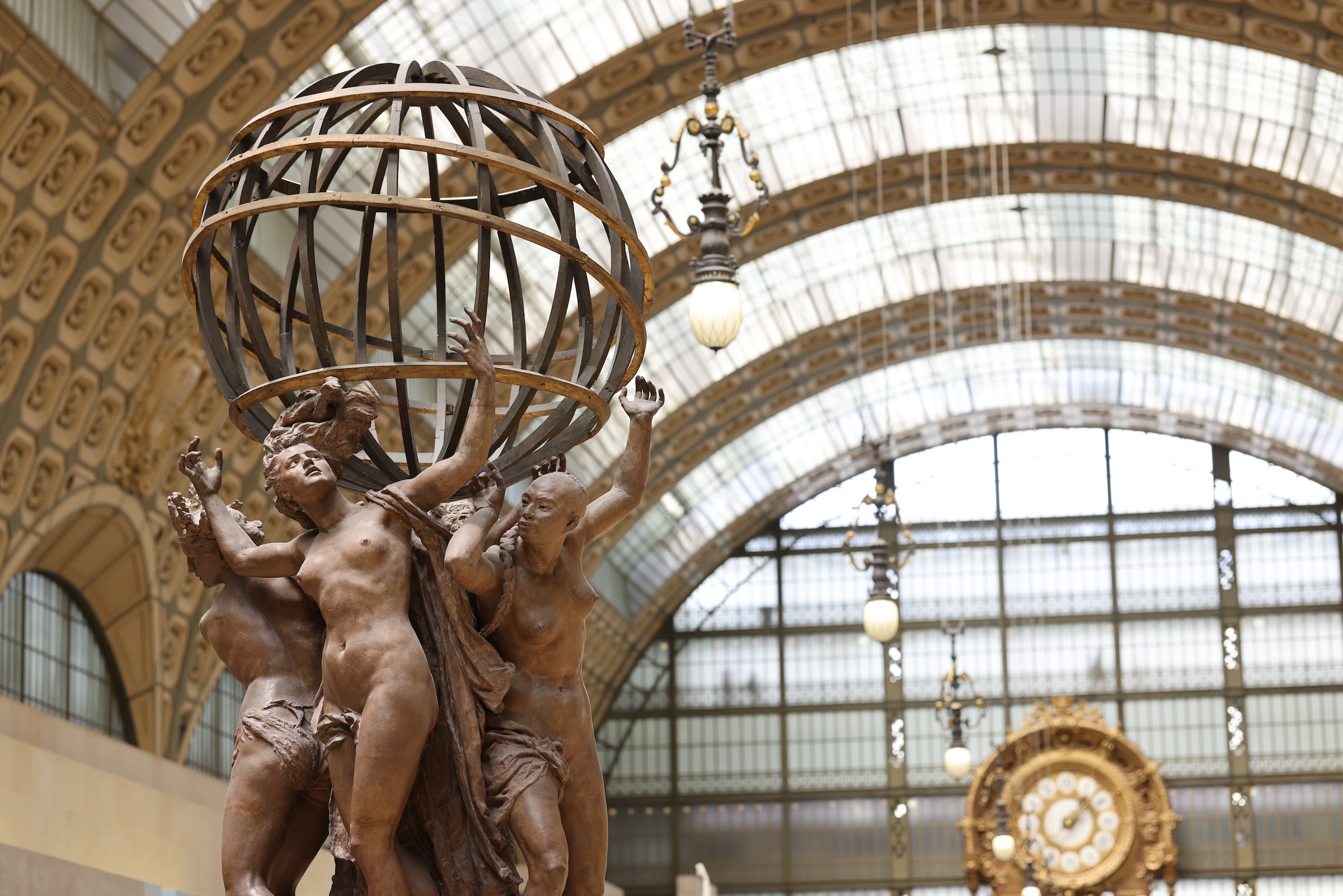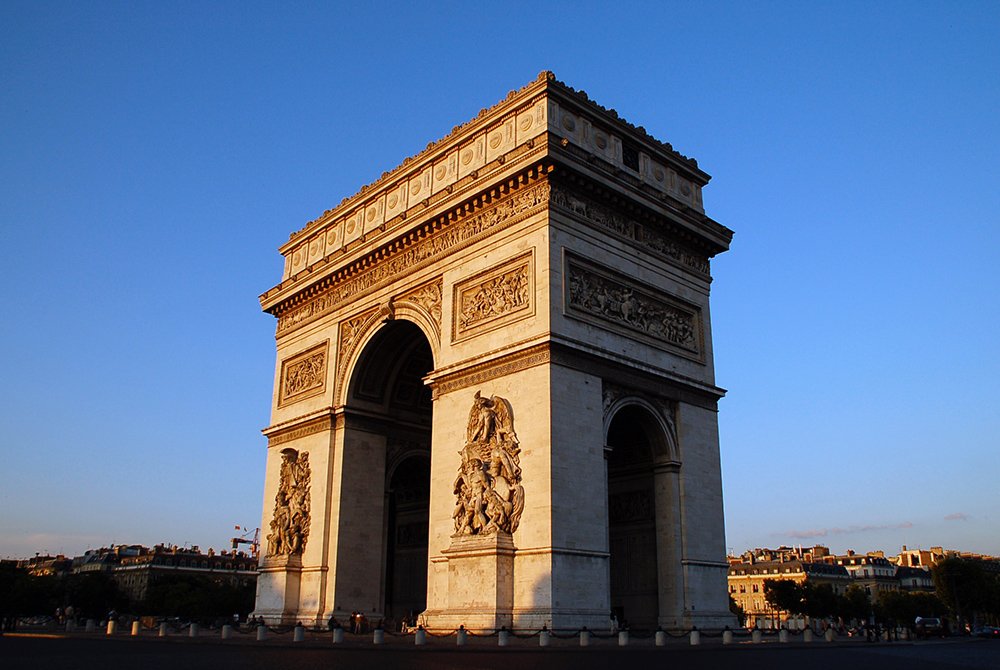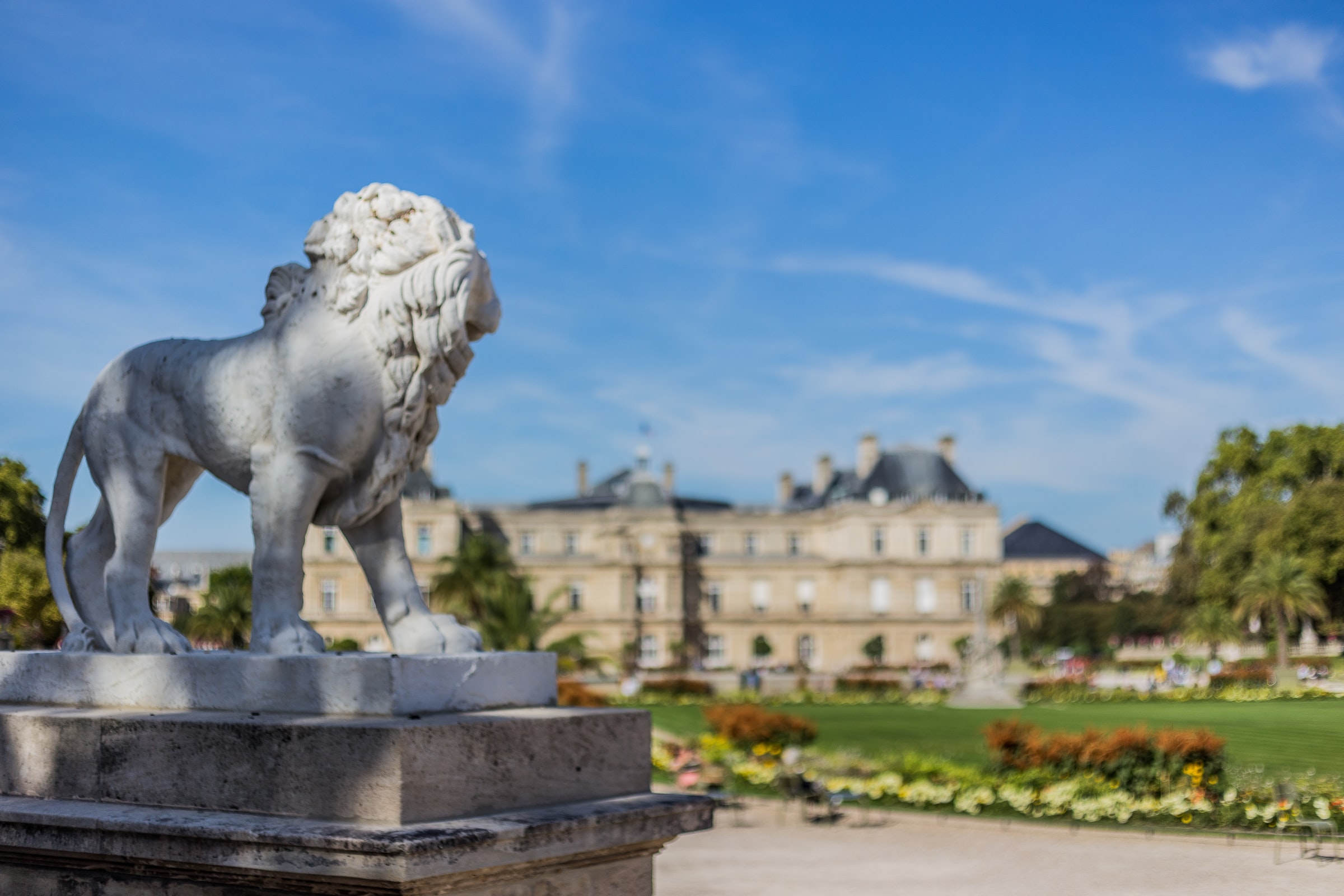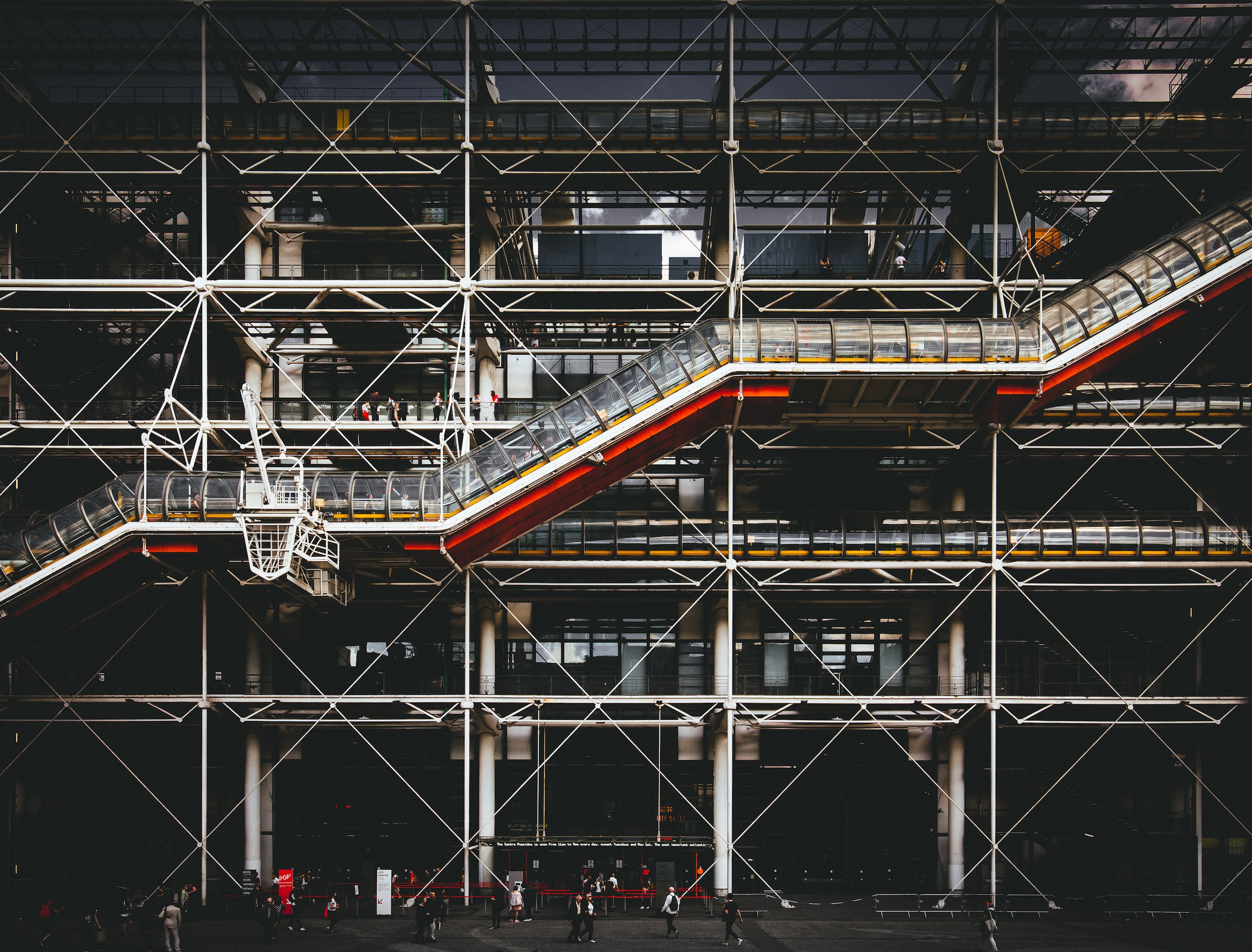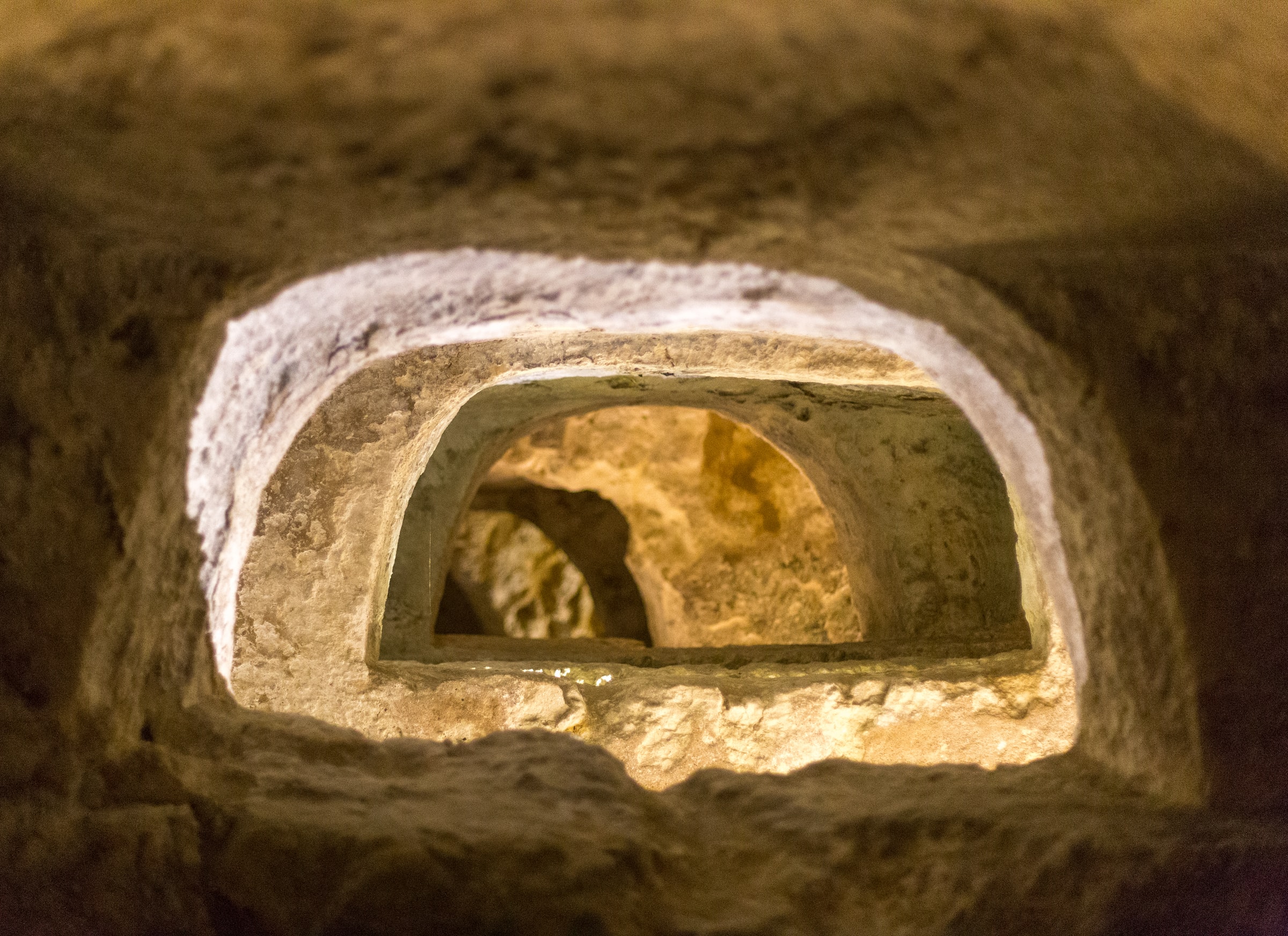A travel guide to
Paris.
Known for
The Eiffel Tower, the Louvre, Notre-Dame, Centre Pompidou, Catacombes…
This is Paris.
There is no better place in the world to travel and experience a new culture than Paris. Located in France, the city is a magnet for tourists from all over the world. There are so many things to see and do in Paris that it can be hard to know where to start. To help you plan your trip, here are a few things to know. First, you need to know that the capital of France is a city that is famous for its architecture and arts. It has many beautiful parks and gardens that are great places to relax and enjoy the outdoors. You can also take a stroll around the famous iconic fountains and statues that adorn the city.
An important part of exploring Paris is getting to grips with the metro system. In this guide, we will aim to provide you with all the tricks and tips you need to navigate the system like a pro, with the help of our map! Whether you’re a seasoned traveller or a first-time visitor, Paris has something to offer everyone. That being said, let’s explore the city of light and learn some of the things this beautiful city has to offer.
Looking for something in particular? Use the quick links below to find the exact section you need.
Paris Métro
Even though Paris is a relatively small city, the Paris metro is one of the busiest subway systems in the world. It doesn’t matter if you’re sightseeing or commuting, if you’re travelling across Paris you’re probably going to be using the metro.
The Paris metro is run by the RATP group, the same public transport provider that runs the RER and other transport services in Paris.
Métro map and route planner
You’ll find an interactive map of the metro system, tram lines and RER line in the free Paris Metro Mapway app, so you don’t have to worry about looking for one while you’re there. The app also makes it easy to plan a journey in Paris. Just let the app know which stations you’re travelling between and we’ll take care of the rest.
Tickets and Cards
There are several ticket options for the Paris Metro including:
Single tickets: allows one trip on the metro, including transfers within 1 hour and 30 minutes of first validation.
Ticket books: available in packs of 10, these tickets offer a discounted rate compared to single tickets.
Navigo pass: a rechargable pass that allows unlimited travel on the metro, RER (commuter rail), bus, amd tramway network in the Île-de-France region.
Paris Visite pass: a tourist pass that offers unlimited travel on the metro and other public transport, as well as discounts at selected tourist attractions. Note: all tickets must be validated at the start of a trip by inserting them into the turnstile machine.
There are special conditions for using the tickets on buses, so make sure to check the RATP’s guidelines.
Where to buy tickets and how to validate them
You can buy tickets or the ParisVisite cards online or from ticket booths or from any ticket machine in the Metro.
Tickets require validating before you travel. If you have to go through a barrier on the metro this will validate your ticket. However, this won’t always be the case. At some stations on the Metro and RER, look out for a yellow box at the end of the platform and insert your ticket there.
Starting from Tuesday, May 13, the end of cardboard tickets will take a new step. On this date, you will no longer find cardboard tickets for sale in more than 200 stations and stops in Île-de-France. By the end of the year, it will gradually no longer be possible to purchase them for travel on the buses, trams, metros, trains, and RER of the Île-de-France network.
Alternatives to cardboard tickets
Several simple and practical solutions are already available for traveling in Île-de-France as a replacement for cardboard tickets.
Navigo Easy Pass: the ideal solution for occasional travelers
The Navigo Easy Pass is a physical card on which you can load the following transport tickets: Metro-Train-RER ticket | Bus-Tram ticket | Navigo Day Pass | Paris Region <> Airports ticket | RoissyBus ticket | Paris Visit Pass | Music Festival Pass | Anti-Pollution Pass. Once your tickets are purchased, you will validate your journeys with your Pass.
It is available for sale at stations and stops for €2 and offers multiple advantages:
- It can be recharged as needed at ticket machines in stations or remotely via your Bonjour RATP app;
- It has a lifespan of about ten years;
- It is non-personalized and can be lent to another traveler during a different trip.
Mobile tickets and passes, the practical solution for everyone
If you no longer wish to carry a physical card, you can purchase and store your transport tickets directly on your phone via your Bonjour RATP app.
You can purchase and store all the following tickets on your phone: Metro-Train-RER ticket | Bus-Tram ticket | Navigo Day Pass | Navigo Weekly Pass | Navigo Monthly Pass | Paris Region <> Airports ticket | RoissyBus ticket | Paris Visit Pass | Music Festival Pass | Anti-Pollution Pass.
Once your transport tickets are purchased, you will use your phone to validate your journeys at stations and stops. Your phone becomes your transport ticket.
- You purchase your tickets in just a few clicks, whenever you want (the tickets are stored on the phone)
- You validate your journeys directly with your phone
- You can use your phone to validate the journeys of several people by creating multiple cards (currently valid only on iPhone)
Operating hours
The Paris metro operates daily from approximately 5:30am to 1:15am. The exact opening and closing times may vary depending on the line and station, but generally, trains run every 2-5 minutes during peak hours and every 5-12 minutes during off-peak hours. On weekends and public holidays, some lines may have reduced frequency or extended hours of operation.
The RER operates daily from 5:30am to about 1:20am.
The times can vary depending on the station. If you need the exact first and last train times, there is an extra feature in the Mapway Paris Metro app that provides the times for each metro station.
Accessibility
There aren’t many Paris Metro or RER stations that are completely wheelchair accessible. Some stations might have lift access to the platform but won’t have wheelchair access to get on to the train itself.
This is mostly because of the age of the metro system and it is why RATP have made promises to improve accessibility on the Metro.
For wheelchair users, getting the bus will be a much better option as all RATP buses are wheelchair accessible. For some buses you may have to let the driver know you wish to board and then get on through the middle door.
For the latest information please visit this RATP page.
Other Transport in Paris
As well as the Metro, Paris is well connected by a vast network of buses, trams and regional rail. Here are some of the other forms of transport available in the city of light.
Buses
The Paris buses are painted in the RATP colours of turquoise and grey, so they’re easy to spot. You can buy your ticket from the driver at €2 per journey. However a cheaper alternative is to use the T+ ticket. These can be used for the Metro and RER as well and can be bought from the ticket machines in metro stations.
RER
The RER trains run across Paris and can be used alongside the Metro. However, there are also major routes leaving the city. For example, if you plan on visiting Disneyland Paris you will need to catch an RER train out of central Paris.
Trams
The T3a and T3b are the only trams to run entirely within the city of Paris. You can see an orange line for T3a near the Southern end of the Paris metro map and a green line in the North East corner of the map for the T3b.
The Paris metro tickets and cards can be used on the trams and you can also plan routes on them using the Paris Metro app.
Taxi
Taxis are not always easy to find in Paris so you might have to look for a taxi rank. A white light on the roof means the taxi is free and an orange light means the taxi is taken.
Pricing can be a little confusing as it changes depending on time of day and the zone you are in. In central Paris a typical journey will cost somewhere between €6 and €12.
Scooter
Lime scooters are available to rent all over the city. To get started, download the lime app onto your smart phone and use the map to find a scooter near you. The scooters display how much charge they have on the display atop the handle bars, so pick one with enough battery to get you to your destination. Lime scooters cost €1 to unlock and €0.15 per minute to ride.
Getting to Paris from Paris Charles de Gaulle Airport (CDG)
To get to Paris from Charles de Gaulle Airport is relatively simple. You have three options: The most cost efficient method is to get the RER train into the city. The journey takes roughly 50 minutes and will set you back €10. Alternatively, there is a bus that runs to the city. This bus takes 70 minutes to reach the city and a ticket costs €11.50. The fastest way to get to the city is to take a taxi. This does however come at a cost, taxis to the city from the airport charge a flat rate of €60.
Getting to Paris from Orly Airport (ORY)
A taxi from Orly Airport to the city centre takes around 30 minutes and costs around €30. A cheaper alternative is to get an RER train into the city. Two trains run throughout most of the day, and tickets cost €12.10 one-way.
Things to do in Paris
A city renowned for its arts and architecture. It boasts numerous lovely parks and gardens, which make wonderful spots to unwind and take in the outdoors. The city’s famed, iconic fountains and statues can be explored on foot as well. Here are some of our top picks of things to do in Paris:
Weather in Paris, France
The four distinct seasons in Paris are generally moderate. The temperature ranges from 46°F (8°C) in the winter to 77°F (25°C) in the middle of summer as an average daily figure. Rain is somewhat commonplace, but extreme cold or heat are not. Throughout the day, there may be brief light showers in Paris.
Paris is a good city to visit at any time of the year. If you’re after warm temperatures and sunshine, June and July are good months. The winter months bring colder weather and fewer lines at the attractions.
August is an unusual month. This is the time most French families abandon Paris to go on holiday. Which means a lot of independent shops and restaurants will be closed and the streets will be empty. The quiet atmosphere might be just what you want if you don’t mind sticking to the regular supermarkets.
Monthly average temperatures
January 6°C (43°F) | February 6°C (43°F) | March 9°C (48°F) | April 13°C (55°F) | May 16°C (61°F) | June 19°C (66°F) | July 21°C (70°F) | August 21°C (70°F) | September 18°C (64°F) | October 14°C (57°F) | November 9°C (48°F) | December 6°C (43°F)
Currency in Paris, France
The currency in Paris, France is the Euro – €
Bank notes are for €5 and higher. There are 100 Cents to 1 Euro. Coins come in units of 1c, 2c, 5c, 10c, 20c, 50c, €1 and €2.
Unlike the US Dollar and the GBP, the Euro doesn’t have a common nickname across Europe. But in France you might hear it referred to as une balle which used to be a nickname for the Franc. This fell out of use when the Euro came along but is starting to gain popularity again, except this time as a term for the Euro or money in general.
ISO code: EUR
Symbol: €
Banknotes: €5, €10, €20, €50, €100, €200, €500
Coins: 1c, 2c, 5c, 10c, 20c, 50c, €1, €2
Tipping
In cafes, restaurants and bars, it’s actually in the law to include tax and tips in the bill. This is known as “service compris”. This means you have technically paid a tip already however it is customary to leave an extra €1 to €2.
Taxi drivers should be tipped 5% to 10%, or you can round up their fare to the nearest Euro.
Dial 112 for all emergency services. Alternatively dial 15 for medical help, 17 for police or 18 for fire service.
Internet and Wifi
If you need the use of Wifi while you’re exploring Paris, you might want to rent a Travel Wifi/ Pocket Wifi device. These useful gizmos connect to the local mobile networks and act like a Wifi hotspot.
Cafes and restaurants often provide free Wifi and hotels will as well (although you might want to check in advance). There are public hotspots dotted around Paris but they are not that reliable.
Click here for a free Wifi map of hotspots in Paris available for download on iOS and Android.


